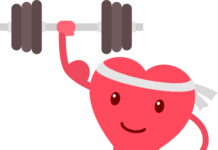Well, you’ve probably heard tons of exercise advice over the years. Many of them conflicting topics from various trainers, TV shows and people at the gym. To clear things up we have game-changing tips and proven difference makers shown to keep your body safe while burning fat and building muscle. Here are the top 15 tips.
1. Steady-State Cardio Versus Interval Training
To achieve a leaner body isn’t at a slow march but its about mixing high-intensity effort paired with slower, recovery efforts. Fifteen to 20 minutes of interval training performed like this can burn as many calories as an hour of traditional, steady-state cardio. And unlike the slow stuff, intervals can keep your body burning long after the workout ends.

2. Brace Your Core Before Exercising
Your core is much more than a six-pack of muscles hiding beneath your gut — it’s a system of muscles, tendons, and tissues that wrap around your entire torso so it can stabilize your entire body, protecting your spine from injury and keeping you upright. Fire these muscles before every exercise to keep your back healthy, steady your balance and maintain a rigid body position. You’ll get the added bonus of isometric exercise for your middle, which could reveal the muscles in your core you’d like everyone to see.
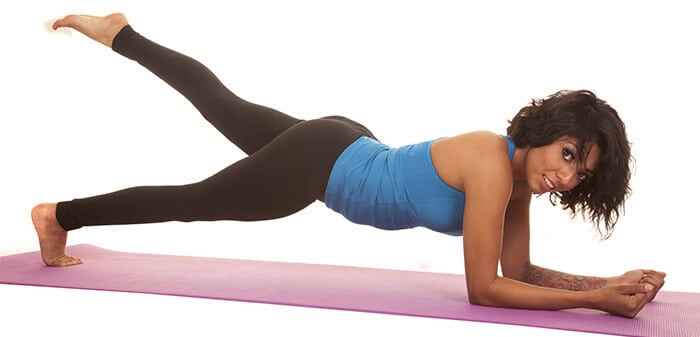
3. Free Weights Vs Machines
People come in all types of shapes and sizes. Machines are built with a specific path the weight has to travel — one that wasn’t designed for you. If you’re too tall, too short or your arms or legs aren’t the same length, that fixed path won’t match your physiology, and you’ll increase the likelihood of injury and develop weaknesses. Trade your machine exercises for dumbbells, barbells and medicine balls to build strength in ways more specific to your body, while also working all the smaller stabilizing muscles that machines miss.
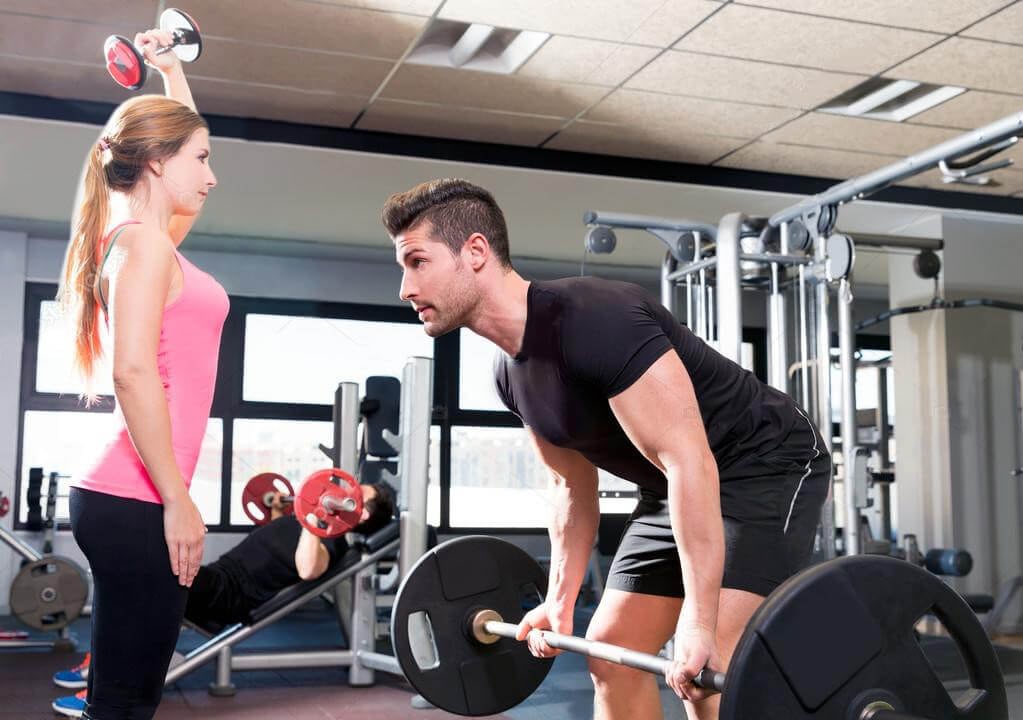
4. Tuck Your Shoulder Blades Down and Back
This tip is great for chin-ups, but it’s more than that. By sliding your shoulder blades down and back before an exercise — like you’re tucking them into your back pockets — can improve your results and protect from injury. It helps activate your lats for pulling exercises, work your pecs more completely in pushing exercises, keeps your chest up during a squat and can reduce painful impingement on your rotator cuff during biceps curls.

5. Use Multiple Joints With Every Move
Single-joint exercises like biceps curls and triceps extensions will build your muscles, but slowly. Unless you’re a bodybuilder with hours to spend in the gym, get more done in less time. Trade these inefficient moves for exercises that work multiple muscles and joints: Squats will build your legs and back, a bent-over row will build your biceps and your back, and a narrow-grip bench press will train your triceps while it sculpts your chest
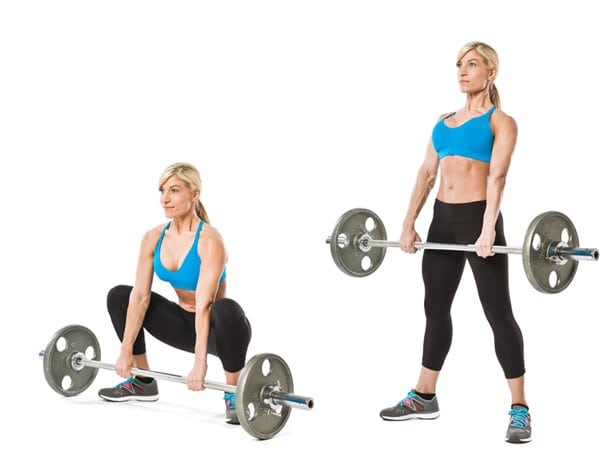
6. Do More Reps By Mixing Your Grip
If your hands and forearms give out before your back or legs when doing deadlifts, chin ups, inverted rows or bent-over barbell rows, mix your grip. With one palm facing towards you and one facing away, grab the bar and do the exercise. For the next set, switch both hands. Keep alternating and you can rest your grip while working with the hand the opposite way, meaning your back and legs will determine when you’re done with the set.
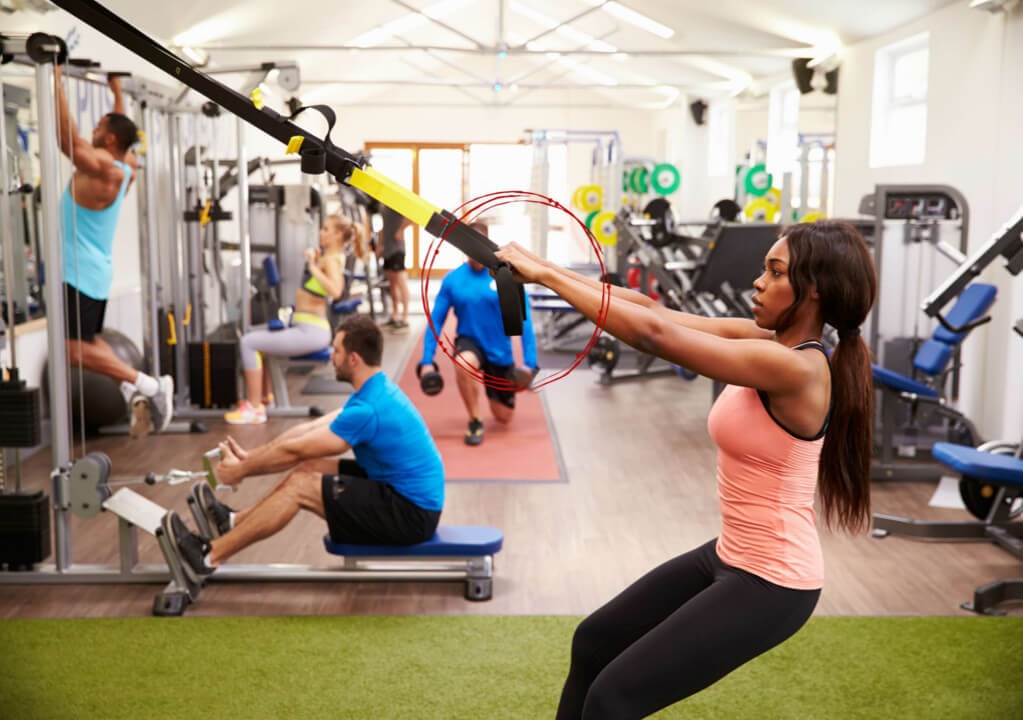
7. Do A Proper Pushup
The pushup is one of the world’s greatest exercises, and doing it with proper form is as simple as this cue: Maintain a rigid body line from the top of your head to your heels throughout the push. With this in mind, you won’t sag your hips, hump your back, or bubble up your butt. Keep your elbows tucked in towards your sides as you lower your body, and push back up, strong as steel from head to heels.

8. Progressively Lift Heavier
Packing more weight on the bar won’t make you “bulky.” It will make you stronger and protect you from osteoporosis by increasing bone density. To get the greatest benefits, lift at least 60 to 70 percent of your one-rep maximum for each exercise. Instead of going for complicated calculations, choose a weight with which you can perform eight to 12 reps, with the last rep being a struggle but not impossible.

9. Post Meal After Your Workout
A post-workout mix of carbs, fat and protein will help your body build muscle, reduce soreness and recover faster so you can work out again sooner. If you are rushed for time or normally skip eating after your workout, a smoothy shake with banana, fruits, and protein powder has the ideal mix of nutrients you’re looking for.

10. Lift and Then Cardio
If you perform your strength training before your cardio work, you’ll burn more fat while you pound the pavement with jogging or on the treadmill. Also, when you are ready then incorporate a HIIT (High Intensity Interval Training) program into your routine. HIIT allows any workout that alternates between intense bursts of activity and fixed periods of less-intense activity or even complete rest. For example, a good starter workout is running as fast as you can for 1 minute and then walking for 2 minutes. Repeat that 3-minute interval five times for a 15-minute, fat-blasting workout. It sounds too simple to be effective, but science doesn’t stretch the truth. For more info, check out the video we did.

11. Don’t Stretch but Warm Up First
Static stretching done just before activity can reduce your power output and increase your risk of certain injuries. Instead, perform an active warmup that gets your body ready for exercise with exercise, increasing your heart rate, firing up your nervous system and getting your muscles used to moving. For an easy routine, perform a five-minute warmup of basic, body weight moves — lateral slides, pushups, squats and lunges.

12. Be More Explosive by Adding More
Explosive exercises involve flight — your body leaving the ground (as in a jump) or the weight flying out of your hands, as in a bench press throw. These moves also increase strength significantly. In a study, men who included explosive chest exercises benched five percent more than those who performed a similar routine without the ballistic moves.
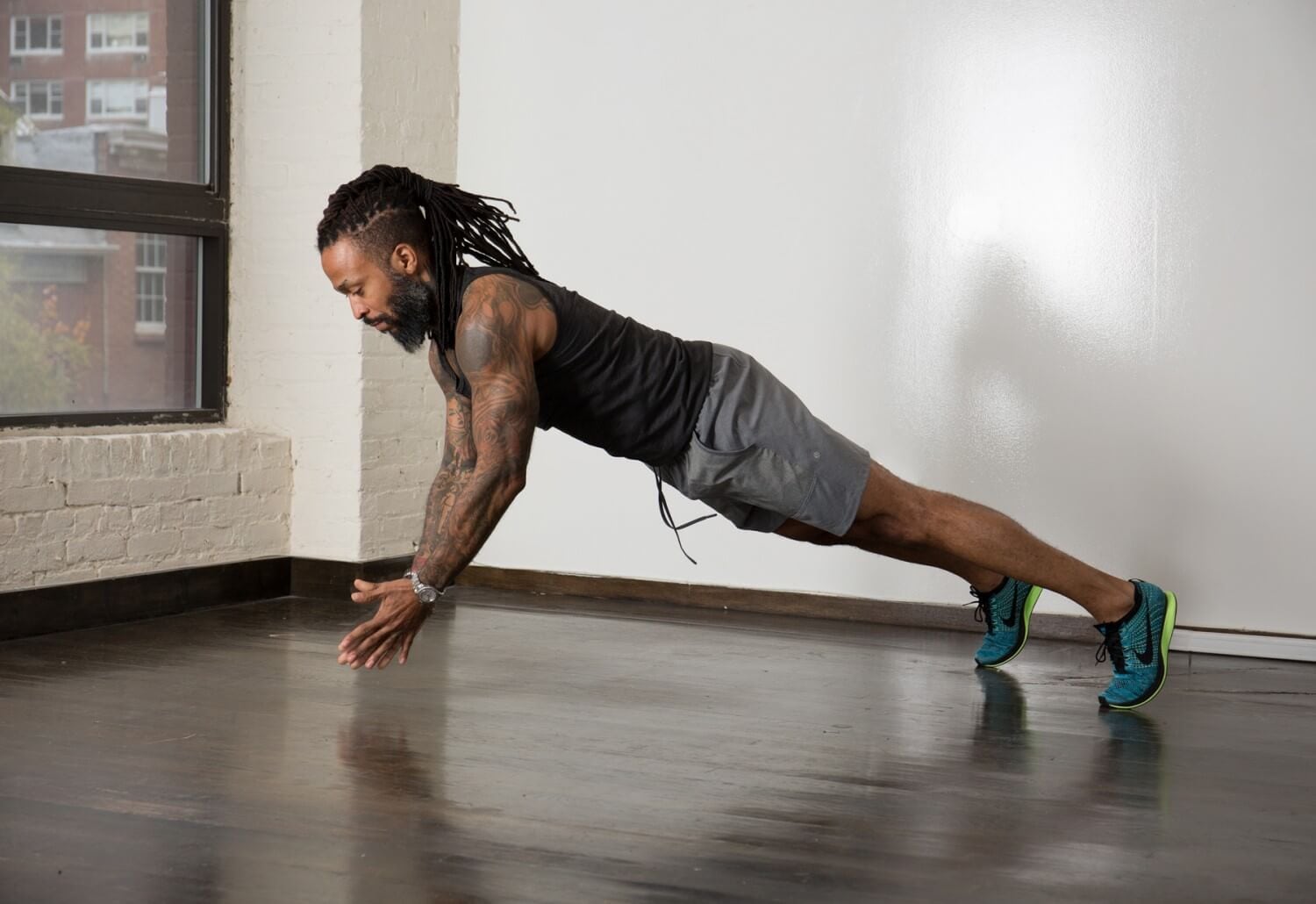
13. Making Notes
When it comes to increasing strength, you might hear the phrase “progressive resistance.” This means “do more work as time goes on” — lift heavier weights or do more reps of the same exercise to see results. Keep yourself on the path to success with a workout journal. Research shows that those who record their progress are more compliant and see better results than those who wing it.

14. Active Recovery to Reduce Soreness
Lying on the couch or bed rest is not the best prescription for sore muscles — you’ll actually reduce pain with a little activity. Metabolites in your sore areas that cause pain are dispersed and diffused by activity, and blood flow is increased to the muscle tissue, speeding recovery by up to 40 percent. Play a light game of basketball, perform some foam rolling, go for a relaxing massage, ice therapy, cold bath, or do a few simple rounds of calisthenics at home the day after a workout.
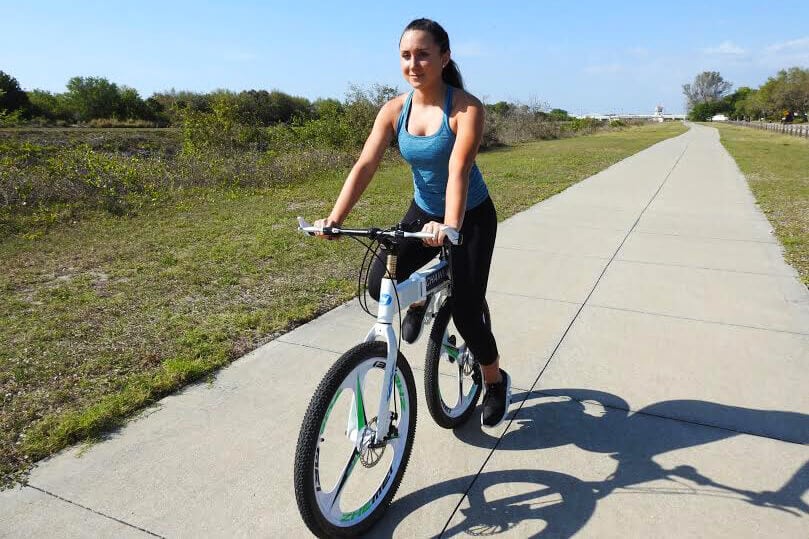
15. Take a Break Every so Often
You can actually gain more strength and muscle by periodically and strategically dialing down your strength training routine. In a study, men who cut their training volume the last week of each month increased strength by 29 percent. So every so often take a few days off or even a week after training hard for a few months. But remember to not overdo it on the time off as you will lose your gains and most likely revert back to your old self!









